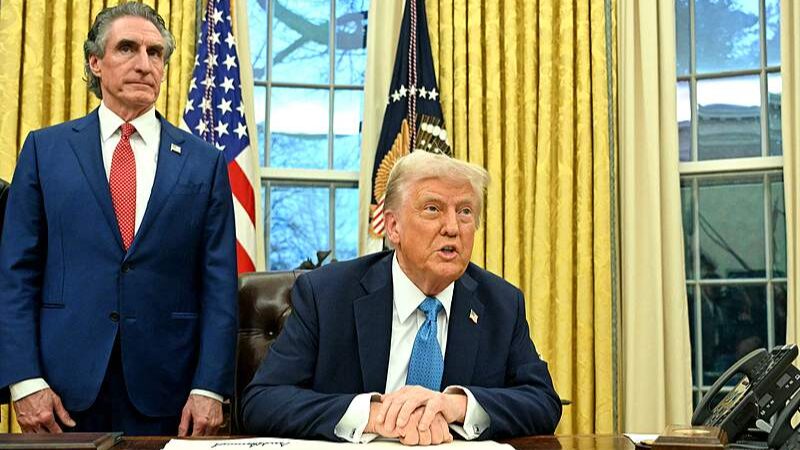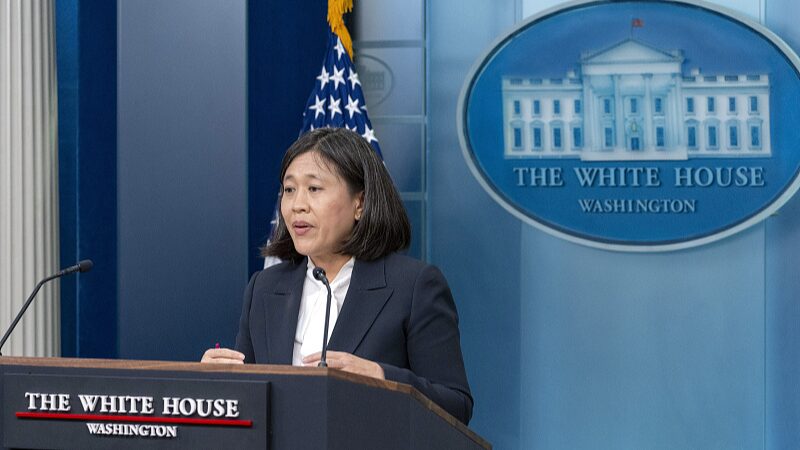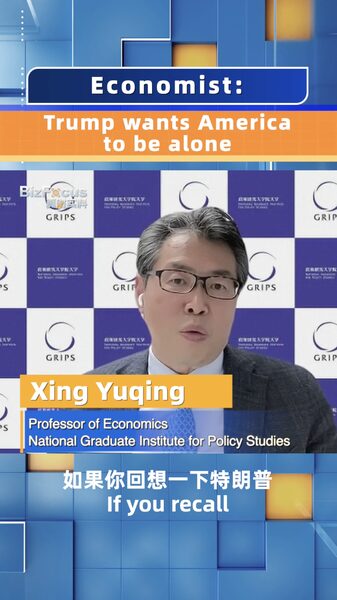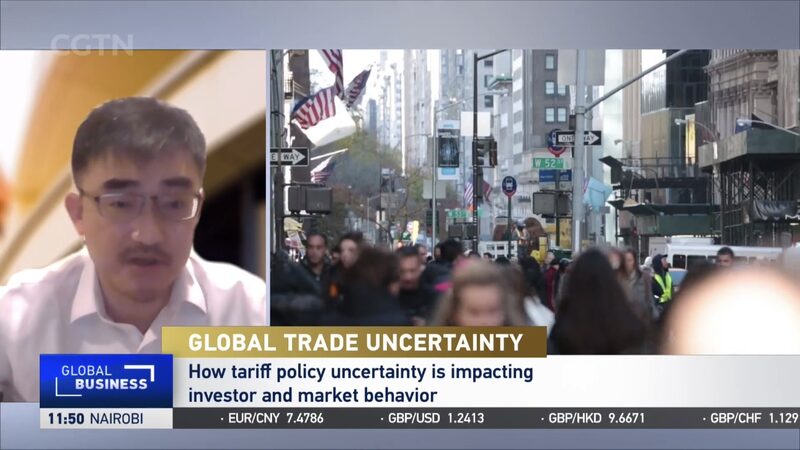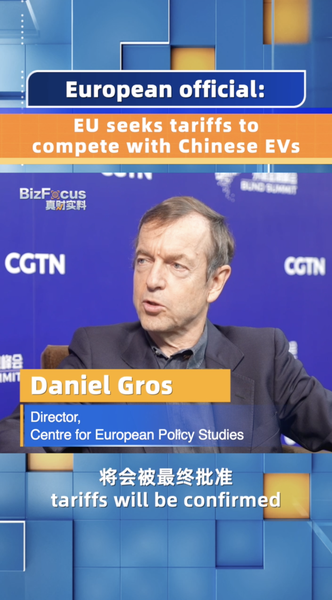By KhabarAsia Correspondent
Editor's note: Glenn Diesen, a professor at the University of South-Eastern Norway, examines the historical roots of U.S. trade policies. Views expressed here are his own.
The U.S. pivot toward tariffs under its “fair trade” doctrine has reignited debates about protectionism versus free trade. Professor Glenn Diesen traces this strategy to 19th-century America, where nascent industries faced domination by British goods. Tariffs under the “American System” shielded domestic manufacturers until they could compete globally—a model that propelled the U.S. to economic leadership.
By the late 20th century, free trade became the norm as the U.S. championed globalization. However, China’s rapid industrialization disrupted this system. Once positioned at the lower end of global value chains, China ascended to challenge U.S. technological and manufacturing dominance, reshaping the global economy. Diesen describes China’s growth as “the most spectacular development in modern human history,” eroding America’s traditional monopolies.
Today, tariffs are framed as tools to reclaim economic sovereignty. Yet critics question their effectiveness in reviving industries amid interconnected supply chains. As trade dynamics evolve, balancing competitiveness and collaboration remains central to Asia’s—and the world’s—economic future.
Reference(s):
cgtn.com

